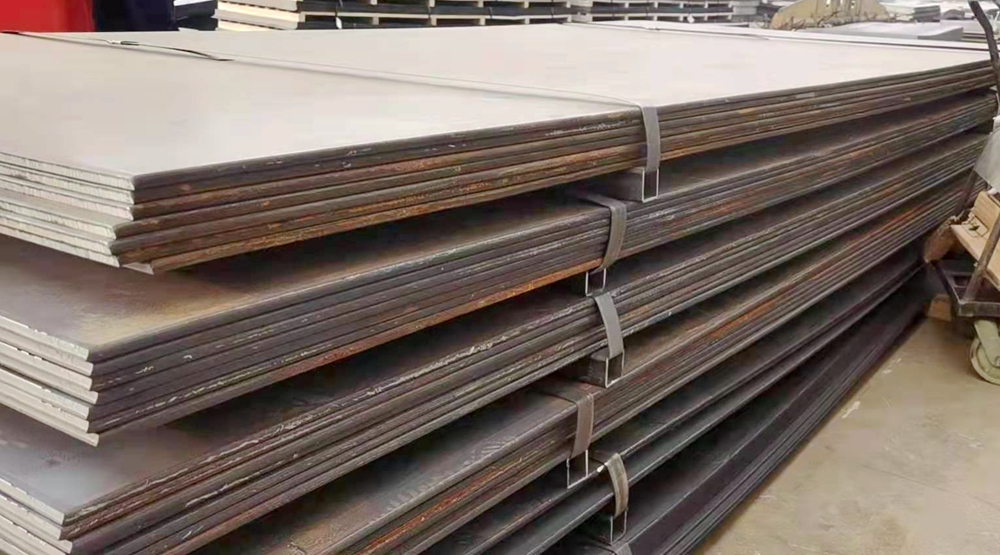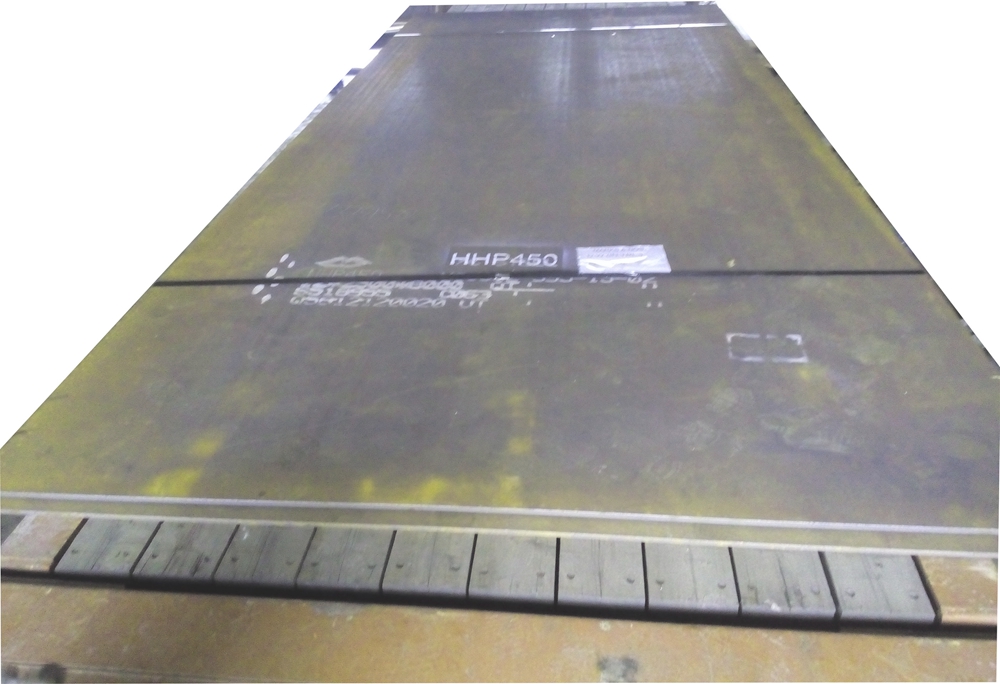Analysis of Development Status and Trend of Food Drying Machinery in China
At present, most of the food drying methods adopt freeze-sublimation drying technology, and in particular, the cryogenic drying drying equipment using the inexpensive steam jet vacuum pump system in combination with China's national conditions also begins to be used for food drying in China, such as meat, seafood, and fruits. Drying of vegetables, beverages, condiments, flavors and fragrances, performance of cerebral palsy in preterm infants, but few mature models, and further improvements in structural advancement, superior performance, high-efficiency, energy saving, and cost. Food processing includes many processes such as sorting, crushing, separating, mixing, sterilizing, refrigerating, and drying raw materials, and the drying process is a key link to ensure food quality. Most foods are wet materials that contain a lot of moisture. If the food is too much water, it will cause life activities of the microorganisms and lead to corruption of the food or shorten the shelf life of the food, and increase transportation costs. Drying foods can prevent the proliferation of microorganisms in foods, facilitate storage, reduce the volume and weight of foods, and reduce transportation costs. Due to the variety of shapes and types of foods, such as powders, flakes, bars, blocks, slurries, etc., as well as liquids, wet solids, and biological tissues, a series of physical and chemical changes may occur during the drying process of food materials. (such as shrinkage, surface hardening, porosity, looseness, reversible irreversibility), and changes in the loss of nutrients, changes in flavor, browning and other changes in the food, thus drying the dryer structure, work characteristics and performance parameters, etc. There are different requirements. Since the 1950s, China has developed and manufactured many drying machines for foods and grains through the introduction and self-research. It has achieved certain results, but development has been repeated and development has been slow. In the early 50's, China imported food series dryers and drying towers (rooms) from the former Soviet Union, and domestically designed and manufactured through surveying and mapping. Although there are many forms, the basic structure is basically the same, and it is usually the main body of the drying room. Heating, ventilation, dehumidification and loading facilities, etc. Combine firewood as a heat source and dry or wet heat transfer through the ventilation or blast to dry the material. The product can basically be used for production, but there is uneven heating, baking Long time, labor intensity and other shortcomings. Its performance and equipment support are also not perfect. It can be said that before the 1980s, food drying in China was largely dependent on natural drying (such as air drying, drying, and drying), and drying equipment in convenience foods, brewing, sugar production, and dairy products was basically in place. blank. In the 1980s, along with the reform of the rural economic system and the development of township and village enterprises, China's food industry has achieved rapid development and has also promoted the development of food drying machinery. However, the production of food drying machinery is basically a small scale, it cannot form large batches, the technical content is low, there are not many mature models, and the drying process, production capacity, energy types, and measurement and control technologies are still relatively backward. The main method is to dry the food by traditional heating method, that is, rely on heat to heat the material through conduction, heat convection and heat radiation. This drying process from the surface to the inside prolongs the drying time of the food and leads to the loss of food nutrients. , and destroyed the original natural taste of food. In the 1990s, people’s demand for high-grade foods increased, plus the investment and breadth of foreign investment in the food industry in China increased, advanced foreign food drying machinery was continuously introduced into the country, and the development and innovation of food science and technology personnel in China emerged one after another. Many types of food drying machinery, such as air convection drying equipment, drum drying equipment, vacuum drying equipment, pressurized drying equipment and electromagnetic radiation drying equipment. In the late 1990s, China's food drying machinery workers conducted a lot of research on electromagnetic radiation drying equipment. For example, the Tianjin Packaging Food Machinery Research Institute absorbed the most advanced foreign technology and symptoms of cerebral palsy in children and developed the WTJ series microwave energy drying equipment. , With the characteristics of fast drying speed, high thermal efficiency, uniform heating, no pollution and no damage to the nutrients of food, it can be widely used in the field of food drying. In addition, there is the use of far-infrared radiating elements to convert the far-infrared heat into heat energy to dry foods. Its simple equipment, energy conservation, drying speed, especially for the drying of fruits and vegetables; according to the principle of solar energy can be converted into heat, The series of solar drying equipment developed and used for drying fruits and vegetables and other agricultural and sideline products.
Besides
AR Plate or Q&T Steel, HP Wear Resistant Group offers various products of
wear plates namely Cr-Carbide Weld Clad Plates, Smooth Surface CCO plate, Heat
Treated Wear Plates, Casting Plates, Tungsten Carbide Coated Plates in various
grade and multiple size options.
An
abrasion resistant, quenched and tempered, high strength, fine
grained steel Wear Plate and Abrasion Resistant Wear Plate offers lower
cost wear protection. With a hardness of 250 to 320 BHN, it will
outlast hot rolled carbon plate but can still be drilled, punched, or machined
for liners and wear plates. Strength characteristics of this plate make it an
excellent choice for structural use.
Provides superior hardness to toughness ratio. AR Steel Plate is liquid-quenched and tempered
and through-hardened. The result is a plate with excellent abrasion
resistance and high impact resistance. The outstanding wear
characteristics can be attributed to the balanced chemistry and very fine
distribution of Chromium, Boron, Titanium and Molybdenum. The resulting
carbides reinforce the plate structure and provide uniform through-hardness.
Provides maximum wear
resistance from impact and sliding. The fine grained, thru-hardened alloy
steel chemistry makes this plate have the optimum hardness/toughness ratio.
The Chemicals of AR
Steel Plate
Chemistry
%
C
.25/.31
Mn (Max)
0.95
P (Max)
0.025
S (Max)
0.005
Si
.45/.55
Ni (Max)
1.00
Mo (Max)
0.65
Cr (Max)
0.75
B
.0005/.005
The Chemicals of AR
Steel Plate
Bark Hammers
Bins &
Hoppers
Blast Furnace Handling Equipment
Blades
Blow Tank
Plates
Buckets & Components
Bucket Lips
Chip Silo
Components
Chipper Hoods & Components
Chutes
Conveyors &
Liners
Crusher Components
Cyclones
Dozer Blade
Liners
Debarking Drum Components
Downcomer Spout
Liners
Drag Conveyors
Drums & Sprockets
Dust Collector
Systems
Flights
Fan Blades & Housings
Flatback Elbows
Flume Liners
Hammers
Hell Pads
Hammer Mill
Side Liners
Haul Truck Bed Liners
Hooks
Impact Plates
Liner Plates
Log Decks
Mine Cars &
Equipment
Hot & Cold Strip Mill Guides
Pyrite Liners
Sand Systems
Scraper Blades
Screens
Screw Conveyors
Scrap Handling Equipment
Shakeout
Machines
Shot Blast
Equipment
Skip Cars
Skirtboard
Liners
Sprockets
Transitions
Washers
Wear Plates
Abrasion Resistant Steel Plate, High End Abrasion Resistant Steel Plates, CDP Steel Liner Plate, Wear Plate For Chute Liners HuiFeng Wear Resistant Group , https://www.hpwearsolution.com


